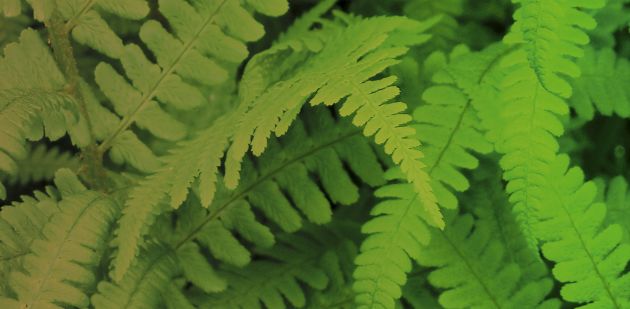Discovered over 150 years ago, the Casparian strip is an impermeable structure within the endodermis, a cellular feature that surrounds the central vein inside a plant root. These microscopic nets allow plants to optimise the filtration of soil nutrients and the transport of water. They also protect against various pathogens present in the ground.

The team of Niko Geldner, associate professor in the Plant Molecular Biology Department at the University of Lausanne (UNIL), decided to “break apart” these structures in a specific way by creating a mutant plant called “Schengen3”. “Our goal is to identify as many genes as possible that are responsible for the development of the endodermis and under-stand how these genes work together to create the Casparian strip,” says Niko Geldner.
The work of the Lausanne-based team is advancing quickly. There are a wide range of future applications for this research. By altering the development of the endodermis, scientists could create plants that are more drought resistant, require smaller amounts of fertiliser, or are better able to fend off pathogens. All vascular plants, including fruit-bearing plants, trees, bushes, grasses, grains, and ferns, have Casparian strips.
This research opens the door to great opportunities in the field of agriculture. “We hope our work will lead to a re-evaluation of our models, especially with respect to the way roots gather the nutrients they need. We must have a thorough understanding of plants’ regulation systems to know how to use water and fertiliser in poor or contaminated soils.”

Niko Geldner is associate professor in the Plant Molecular Biology Department at the University of Lausanne (UNIL).